Site sections
Editor's Choice:
- Bedroom design options in blue for a couple
- How to paint wallpaper for painting: tips and tricks
- Kitchen design in Khrushchev: useful tips for those who have a small kitchen
- How to punish noisy neighbors from above
- Design of a nursery for children of different sexes
- Shower cabin in the interior of a small bathroom
- Which light is better - warm or cold
- How to care for recently pierced ears
- What to do if the neighbors above are constantly poured
- Materials used for suspended kitchen ceilings
Advertising
| What section of the wire to take for outlets. Wire section for sockets |
|
Conceived to change the wiring or just add new points and do not know where to start. First, you need to calculate the power of all devices and determine the cross-section of the wire for sockets, after which you can throw a plan on a piece of paper, and then draw on the wall the places where the cables will pass and calculate their footage. But first you need to determine the condition of the old wiring, can it be supplemented by connecting new branches. This option will be the most economical. During the inspection you found that the conductors from the shield are in an emergency condition or they are not designed for additional load, it is recommended to install new ones. Copper wires are more reliable and durable, well, first things first. Calculation of future loadIn order for everything to be correct, it is necessary to make a calculation of how many devices will be supplied in each room, and it will depend on this, what section to buy the wire. If the sum of all devices is up to 3 kW, then a conductor with a cross section of 2.5 mm 2 will suffice. For a kitchen where the equipment consumes a large amount of energy, it would be right to stretch a separate branch with a cross section of the wires from 4 to 6 mm square, depending on what kind of stove and equipment you have. As a result, a wire 2.5 mm 2 thick will go to the sockets on the shield, to the kitchen and to the bathroom, if there is a water boiler, the cables must be at least 4 mm square. For the illumination of the rooms, a section of 1.5 mm 2 would be enough. Do not forget about the grounding, which must be necessarily on the kitchen sockets and in the bathroom.
On all devices the power consumption is written, the label can be found on the back or under the cover. If for some reason you did not find a sticker, you can look at your passport or the Internet. After calculating the power consumption, you should look at the table and select the wire of the desired diameter.
As experienced electricians advise, the wires must be taken with a margin, that is, 10% is added to the resulting area. For example, you got 20 meters of cable, add 2 meters of margin. Such a calculation will be useful if you make a mistake somewhere, you do not have to save or run to the store for 1 meter of wire. What type and brand of conductor to choose under the outlet
When choosing a wire you need to pay attention to the type, brand of conductors. In the construction market today you can find a large number of counterfeit products, so you need to be extremely careful, the safety of your home depends on it. Do not buy PUNP wire (universal flat wire) for mounting sockets, the following brands will be safer:
Of course, these wires differ in price, but you do not need to save on security. To better understand you, for which consumers, which wires to put an example:
For more information on the selection of wires for sockets, see this video: Preparation for cable laying
Having calculated the power of each room, then it is necessary to select the necessary wires and blocking automatons according to the table. Looking ahead, it should be noted that in the future, it may be that some work will be done, for example, to change the chandelier or install a suspended ceiling, all this requires turning off the light. To avoid de-energizing the apartment, you should install your own machine on each section. Laying cable for sockets, photograph the place of laying the wires and log a detailed description with millimeter accuracy. Quite often it happens during repair or installation, of any elements, while drilling with a perforator, they touch the wires and de-energize the room. To fix this incident will take a lot of time and nerves, so you should warn in advance. Drilling holes for sockets
When everything is marked up, counted and bought, you can proceed to the main thing - shaving, drilling and connection. Some will have a question - how many outlets to do in the room, and at what distance from the floor? Timely question and necessary, in each room at least 3 outlets are recommended, for convenience, and not near, but on each wall, so that there will be no extra wires on the floor. In the kitchen, as a rule, they are made doubled or built and are located above the work tables, and for the refrigerator and the stove below, at a distance of 30 cm from the floor. Switches according to the latest standard are installed at a distance of 80-90 cm. But for convenience, it is best of all at the height of the lowered hand. Tool
In order not to fuss in the process of work, you should prepare the entire tool in one place in advance. For drilling and drilling we will need:
The marked lines are cut by the grinder, after which the cut-out pieces are knocked out by a perforator with a fitted chisel. If you adapt, you can quickly do this work. Then, at the planned location, using the level, mark the center of the outlet and drill a niche with a diamond crown. During operation, the tool must be kept straight, otherwise the tumbler and the socket will stand crookedly. Do not forget about junction boxes, which must also be built into the wall. The final stage
The wire laid in the gutter is fixed in several ways, plastered with plaster or with the help of special clamps that are inserted into the drilled hole, and then plastered with plaster. At the ends of the wires must hang with a margin, in order to connect to the outlet and the junction box was convenient. Wires should be tightly twisted, then insulated. All work must be done with precision, especially carefully you need to approach the connections, the wires must be clamped so that there is no lumen between them, otherwise it will spark and heat in problem areas. When choosing sockets, pay attention to the method of fastening for wires. In imported models, you can find a device for clamping a stripped cable. Thanks to such an outlet, you will significantly save your installation time, and, most importantly, such a mount carries heavy loads. For the bathroom, it is recommended to install an RCD with a current leakage of 10 mA. The work seems to be not difficult at first sight, but for a beginner it will be difficult to do everything correctly. Therefore, it is recommended to first prepare, for this you can watch the video and then try to do everything yourself. But if you are unsure and doubt your own abilities, then you should not risk it, today there are many good specialists who will perform such work quickly and efficiently. In every house when laying electricity it is necessary to make wiring. Today everyone in the house has a large number of electrical appliances. That is what caused a large number of outlets in the house. In order for these devices to work correctly, you need to lead the wire with the desired cross section. In this article we will tell you which cable to use for outlets? Choosing a cable for connecting socketsIt will depend on the reliability of your system. Home appliances today can vary greatly in power. That is why when choosing a conductor you need to pay attention to the following positions:
What section should have a cable for sockets?The section will directly depend on the power that you plan to connect to your device. When choosing, you should also remember that current loads can vary significantly. This parameter may also depend on how it is laid. The most powerful electrical appliance in the house is considered a stove. Even if you do not know how to connect the cable to the outlet, remember that it is best to use the product with a cross section. For most outlets that are in your home, a section of 2 mm will suffice. How to connect the cable to the outlet?If you are going to do wiring, you need to remember that knowing how to connect a cable is simply not enough. In addition to the connection, you should choose the right cable. If you connect the outlet in rooms where there is a standard electrical outlet, you should use a PVA cable. If necessary, you can also use cables VVG and NYM. Each of these products may differ from others and have their own characteristics. Cable overload protectionToday, almost any electrical appliance can fail or cause overloading of appliances. When designing wiring in your home, you should definitely consider this factor. In order to protect your system, you should use a safety device. Thanks to this you can significantly reduce the risk of fire. Even if the electrical device is defective, then you can still avoid electric shock. must also have a good cable that will protect them from overloading. Thanks to the circuit breakers, you can provide protection against short-circuit of the outlet. The RCD controls the current. If the nominal rate starts to grow, then the device will be turned off. Quite often this happens in case of cable damage. Current security requirements are constantly growing. That is why recently quite often RCDs are installed together with a differential automaton. Rosette groups need to be separated from the differential machines, which are installed near the counter. Do-it-yourself outlet is not the best solution for your home. It will not be safe, and therefore try to protect yourself from unintended consequences. Video how to choose a cable for outlets
If you are a novice electrician, then before you always have a question, how to choose a cable for the outlet and how to connect it. Electrical appliances in urban apartments and houses are becoming more and more, often in the room there are not enough sockets to connect them. So, what do you need to choose the right cable for the outlet and install it? Choice of cable section for outletFirst, you need to figure out what will be connected to this outlet, more specifically, what maximum power devices will be connected to it, and if several devices are connected, the power is summed up. If the power of the device is no more than 2 kW, then it is enough to use a cable for an outlet with a section of 2x1.5 mm2 or 3x1.5mm2. Immediately make a reservation that we are talking about copper conductors. With more power, for example, when an electric cooker is connected (power averages about 4-5 kW), it is better to take a cable section of at least 3x2.5mm2 Choosing the brand of cable for the outlet⊕NYM cable As a cable for the outlet, sellers usually recommend domestic power cable VVG or released according to European standards NYM. Cable NYM (NUM) has a round shape due to unvulcanized rubber filler, and also quite soft and easy to install. VVG happens in 2 versions: round and flat. It has no aggregate as opposed to numa, and therefore it is more compact. More often laid in shtrobah and cable channels. Also popular as a cable for the outlet flexible wire PVA. |
| Read: |
|---|
Popular:
How to fix a grip profile to a wall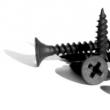
|
New
- The interior of the room with wallpaper in flowers
- Piercing - “8 earrings, a lot of photos, how to care, how many heal, where to do, how to accelerate healing, what would I bring back?
- Window opening in a brick wall
- Finishing the bathroom with plastic panels
- Long narrow kitchen - layout (41 photos) of comfortable space
- White apron on the white kitchen - a classic combination
- Selection, consumption and features of applying paint on the wallpaper
- Designing a wardrobe - six simple steps
- Rating of the best oil heaters by user reviews
- What ear pierce guys normal orientation
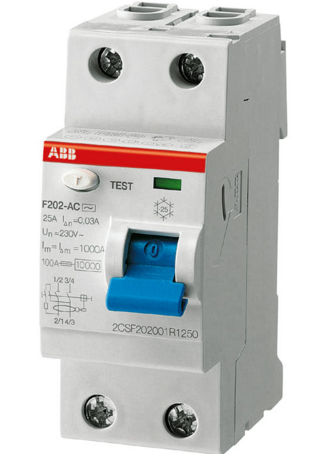

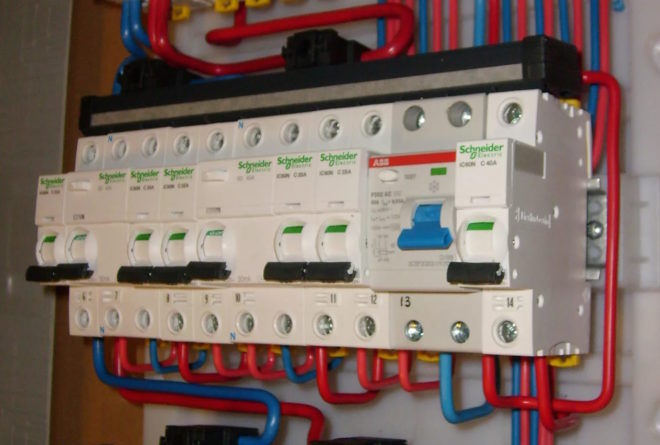
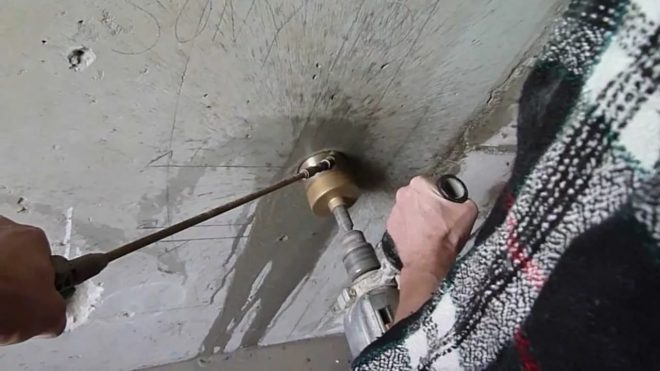
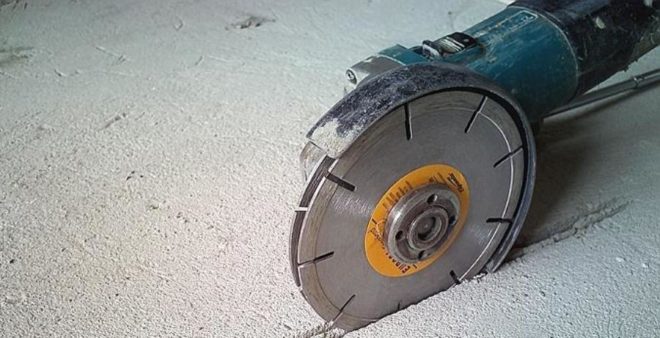
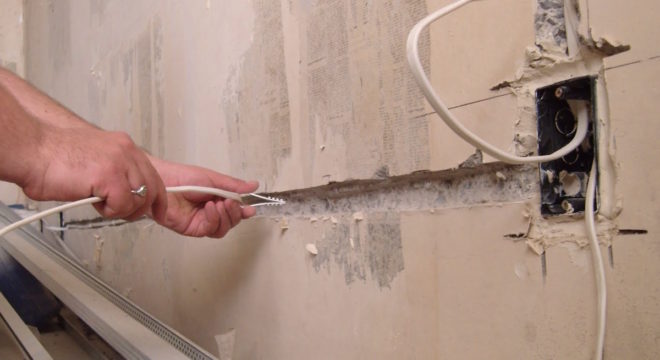

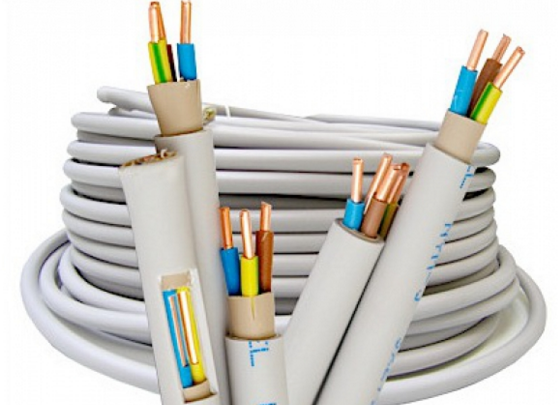 Remember that it is best to buy a copper cable for outlets. It differs in its pricing policy from other products. It differs in the technical characteristics and is rather reliable in operation. For the connection of standard devices is usually enough twin wire. For high-power appliances that have an earthing contact, three wires should be used. Copper cable for outlets must be connected to junction boxes.
Remember that it is best to buy a copper cable for outlets. It differs in its pricing policy from other products. It differs in the technical characteristics and is rather reliable in operation. For the connection of standard devices is usually enough twin wire. For high-power appliances that have an earthing contact, three wires should be used. Copper cable for outlets must be connected to junction boxes.



